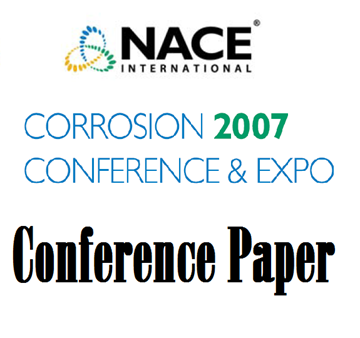Search
10245 Susceptibility of Nickel Based Alloy of Dissimilar Metal Butt Welds
Also Purchased
07568 Selection of Dissimilar Metal Welds in Severe Environments for Today's Petrochemical Plants
Product Number:
51300-07568-SG
ISBN:
07568 2007 CP
Publication Date:
2007
$20.00
99383 ANALYSIS OF DISSIMILAR WELDS EXPOSED TO HIGH TEMPERATURE H2/H2S CONDITIONS IN A HYDRODESULFURIZING (HDS) UNIT
Product Number:
51300-99383-SG
ISBN:
99383 1999 CP
$20.00
08095 Resistance of Dissimilar Joints Between Steel and Nickel Alloys to Hydrogen-Assisted Cracking
Product Number:
51300-08095-SG
ISBN:
08095 2008 CP
Publication Date:
2008
$20.00




